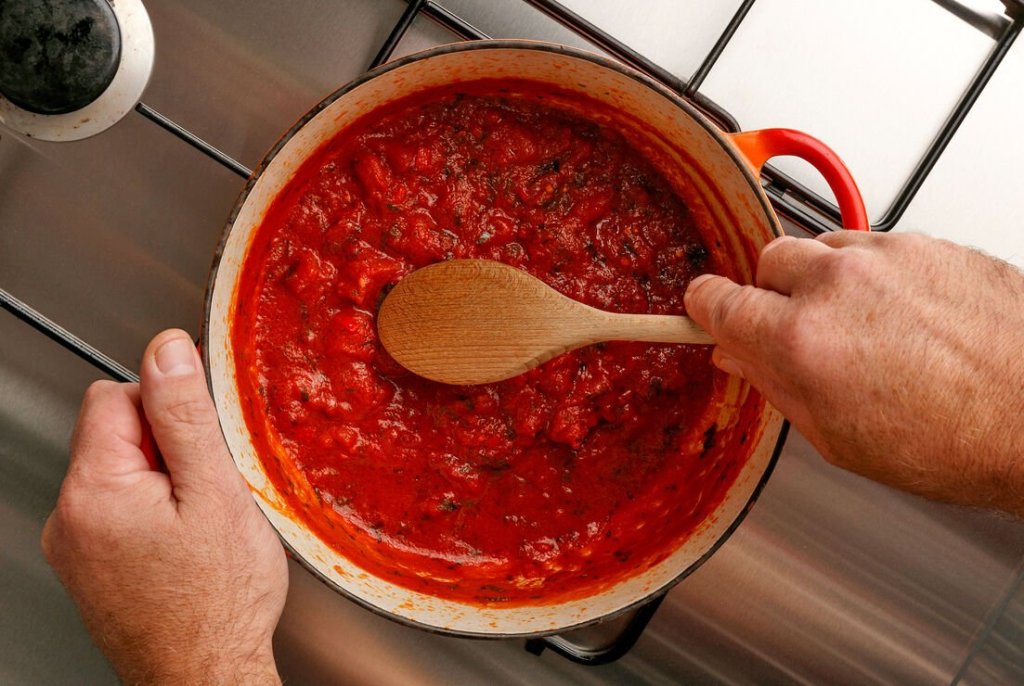How to make the most of fresh tomatoes this summer
Published 6:30 am Monday, July 5, 2021

- Tomato sauce
Whether you’re slow-roasting for sweetness, cooking down to a sauce, or boiling, peeling and canning tomatoes for next season, here are a few tips for getting the most longevity and flavor from these delicious fruits.
Choosing the best
No matter the type of tomato you’re choosing for your dish, look for fully ripe, unblemished, firm fruits with deep, consistent color. A heavy, fragrant tomato indicates better texture and rich flavor.
Trending
Picking the right tomato for your dish, from Green Zebra to cherry
At the farmers’ market, shoppers will find local, farm-grown tomatoes in their peak season, late spring through summer. But thanks to hothouse (greenhouse-grown) tomatoes and major importers, supermarkets offer tomatoes year-round. Check the sticker for the tomato’s point of origin: Those traveling long distances were picked early and ripened during the shipping and stocking process. Tomatoes from local growers are more likely to have ripened on the vine — and that can mean more freshness and flavor.
Store tomatoes at room temperature
Do your red tomatoes still have a tinge of green? Allow them to ripen on the counter in a brown paper bag. The ethylene gas that they naturally emit will help them ripen faster. To expedite the process even faster, add a banana, apple or pear to the bag for added ethylene.
Refrigerating a tomato will slow the ripening process and kill their flavor. Chefs recommend storing them at room temperature — ideally between 55º and 70ºF — to keep their flavor-producing enzymes active. Store tomatoes stem-side up and avoid stacking them to prevent their tender “shoulders” from bruising.
Wash tomatoes with warm water
At Seaside Farm on St. Helena Island in South Carolina, fifth-generation tomato farmer and bloody mary mix entrepreneur Ross Taylor shares a little more science: “We wash our tomatoes coming out of the field in hot water to clean them off, because if the temperature of the water is less than the internal ambient temperature of the tomato, the tomato will absorb the water.” That absorption, he says, can lead to tomatoes splitting and rotting sooner.
Trending
“If you wash your tomatoes in extremely cold water, the tomato starts absorbing that water and splitting sooner than it should,” he says. The bottom line: “Either rinse your tomato in warm water, or rinse them right before you eat them.”
Peel, slice and deseed with ease
The tomato’s juicy cavities full of pulp and seeds are held together by its core, so to keep tomatoes intact for the most picturesque slices, place a tomato on its side, slice off the stem, and work your way from end to end cutting crosswise across the core — not parallel to it.
If you’re cutting it into wedges, start at the edible stem end and slice right down through the core. If you don’t have a super-sharp chef’s knife on hand, use a serrated knife — like a bread knife or even a toothed steak knife — to help you slice through the skin of the fruit and avoid denting or smashing.
If you don’t require perfect-looking slices, deseed a tomato by cutting it in half, then holding it over the sink and gently squeezing out the pulp; cut, cube or cook as desired.
To peel tomatoes for sauce, stew or canning, cut an “X” on the bottom, blossom-end of the tomato, boil for 15 to 30 seconds, and then transfer the tomato with a slotted spoon into a bowl of ice water. The skin will separate from the fruit, giving you a nice head start and making it easy to use a paring knife to pull off the skin.
Bring out the flavor
To balance out acidity, an old standby is adding a dash of sugar plus a dash of salt, though one can avoid added sugar by turning instead to a little grated carrot, which offers a more vegetal sweetness. Another option is to add a little baking soda (a half teaspoon for every two to three cups of tomatoes) to sauces to neutralize the acids.
Because of this acidity, cookware matters, too. Avoid aluminum pots, pans and utensils — a reaction between the fruit’s acidity and aluminum could bring out bitterness, add an off-flavor and kill color.
Go-to herbs and spices that pair perfectly with tomatoes include basil, oregano, dill, thyme, garlic, bay leaves, celery seed, tarragon and parsley, to name a few.




